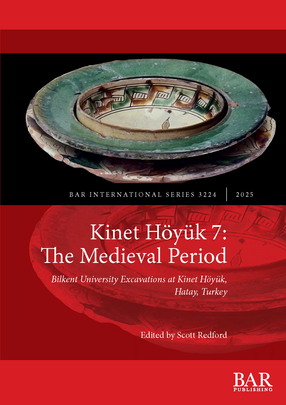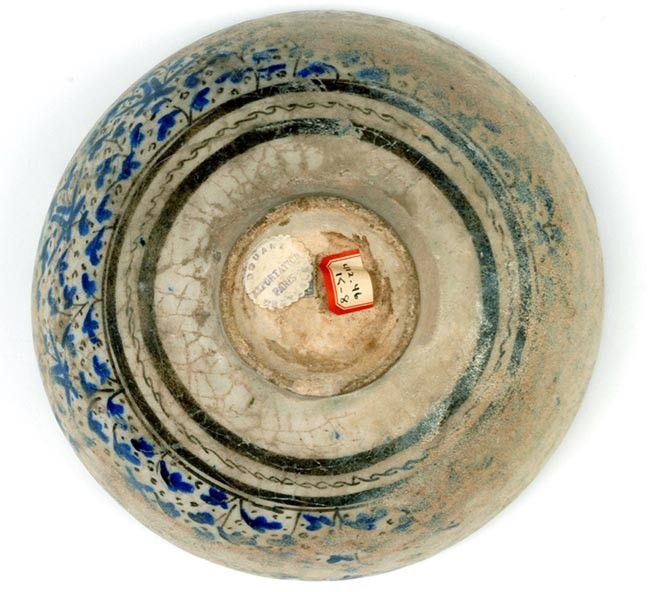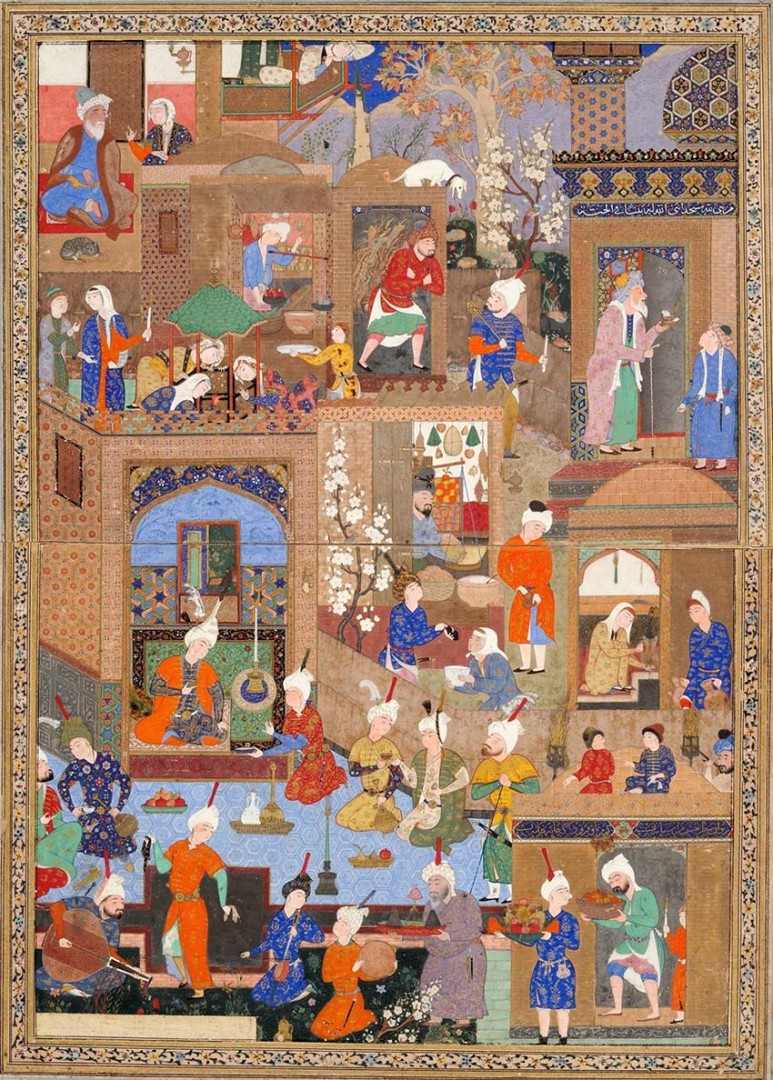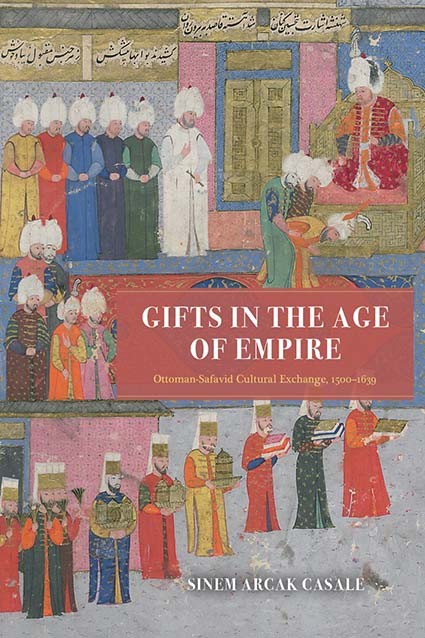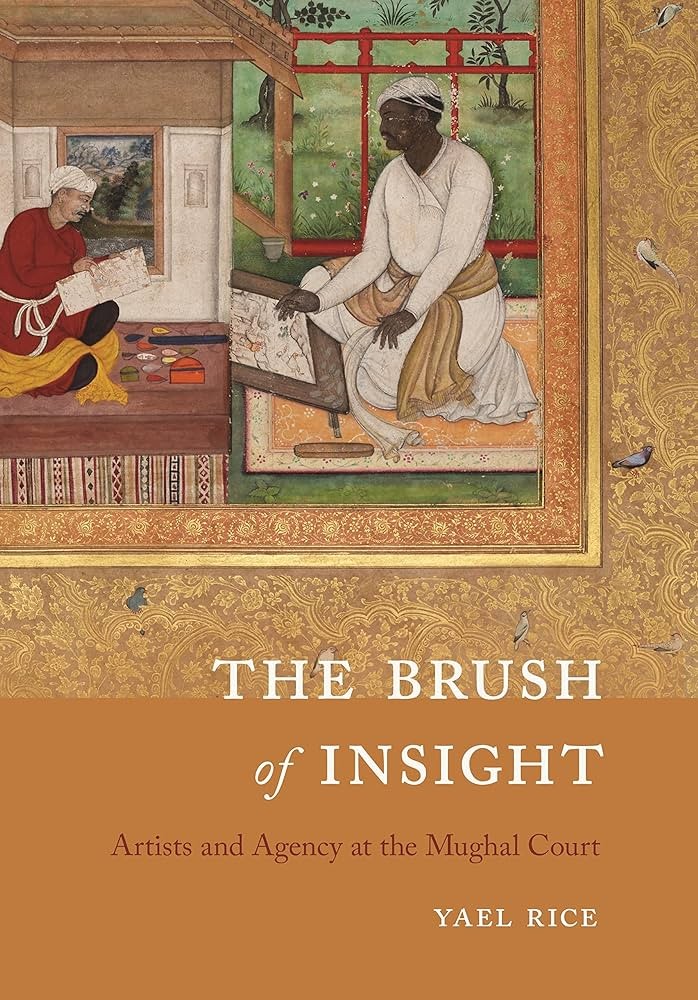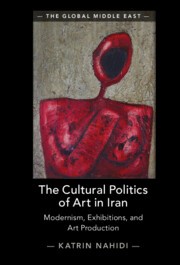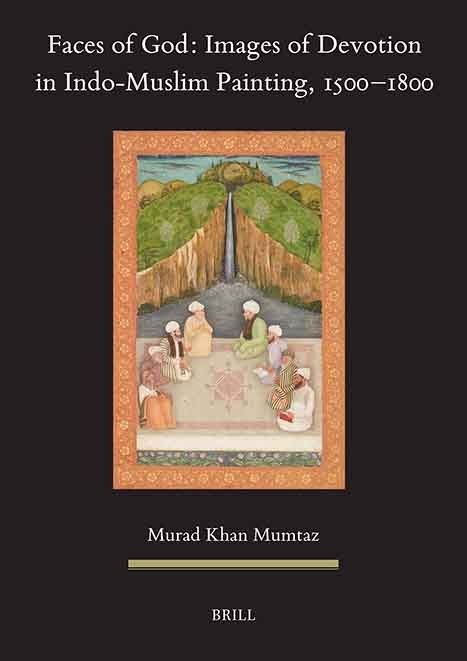HIAA Members-Only Content
If you have an active membership, log in here. If you are not yet a member, please join us.
Journal
Journal of Islamic Art & Architecture
vol 1, issue 1-2 (2025)
The Journal of Islamic Art & Architecture embraces a broad chronological scope from the 7th to the 19th century. This top-flight peer-reviewed journal, with two issues per year, aims to encourage and promote the study of art and architecture from across the Islamic world in its widest sense. ViewHIAA Members-Only Content
If you have an active membership, log in here. If you are not yet a member, please join us.
Book
Islamic and Islamicate Architecture in the Americas
Transregional Dialogues and Manifestations
The volume explores the often-overlooked presence and evolution of Islamic architectural traditions throughout the Americas, from examples in colonial Peru, to contemporary sites sponsored by Muslim diaspora communities in Canada and Chile. Visit site ViewHIAA Members-Only Content
If you have an active membership, log in here. If you are not yet a member, please join us.
Book
Kinet Höyük 7: The Medieval Period
edited by Scott Redford
This book presents the final report on Medieval period excavations at Kinet Höyük in Hatay province, southern Turkey. The region was contested between the Crusader Principality of Antioch, the Knights…
Download PDF ViewHIAA Members-Only Content
If you have an active membership, log in here. If you are not yet a member, please join us.
Online Workshops Resources
Resources for Researching and Publishing the Provenance Histories of Islamic Art
April 2024
Compiled by Anne Dunn-Vaturi, Inês Fialho Brandão, Margaret Graves, Martina Rugiadi, Amanda Phillips, Eiren Shea, and Elizabeth Dospěl Williams
ViewHIAA Members-Only Content
If you have an active membership, log in here. If you are not yet a member, please join us.
Online Workshops Resources
Career Diversity Resources
HIAA Alt-ac and Alt-cu Workshop
Compiled by Yael Rice with the generous input of Maggie Nettesheim-Hoffmann, Nancy Micklewright, and Amanda Hannoosh Steinberg. ViewJournal
New Publication: Approaching Architecture in the Muslim World: Novel Paths of Investigations
Edited by Ruba Kana’an and Avinoam Shalem
Volume 4 (2023): Issue 2 (Feb 2024): Special Issue: Approaching Architecture in the Muslim World: Novel Paths of Investigations, edited by Ruba Kana‘an and Avinoam Shalem
in Journal of Material Cultures in the Muslim World. ViewWebsite
Persian Manuscript Materials Website
Recently launched!
Created by Prof. Dr. Mandana Barkeshli in collaboration with Dr. Sadra Zekrgoo, this platform is now accessible online at: https://www.persianmanuscriptmaterials.org/ This platform is dedicated…
Visit site ViewBook
Gifts in the Age of Empire: Ottoman-Safavid Cultural Exchange, 1500–1639
By Sinem Arcak Casale
The book explores the Safavid and Ottoman empires through the lens of gifts. Visit site ViewBook
The Brush of Insight Artists and Agency at the Mughal Court (University of Washington Press, 2023)
by Yael Rice
Over the course of the sixteenth and early seventeenth centuries, Mughal court painters evolved from illustrators of manuscripts and albums to active mediators of imperial visionary experience, cultivating…
Visit site ViewBook
The Cultural Politics of Art in Iran
Modernism, Exhibitions, and Art Production (Cambridge University Press)
Katrin Nahidi, Universität Graz, Austria
Visit site ViewHIAA Members-Only Content
If you have an active membership, log in here. If you are not yet a member, please join us.
Teaching Islamic Art
Islamic Architecture Syllabi -- Renata Holod
Syllabi include:
Islamic City (ARTH 517)
Approaches to the Archeology of Islamic Periods (ARTH/AAMW 738)
Al-Andalus (bibliography)
ViewBook
Faces of God: Images of Devotion in Indo-Muslim Painting, 1500–1800
Murad Khan Mumtaz
The book is available in Open Access ViewSubmit resources and publications
Please submit resources to the HIAA webmaster including the resource name and type, and several sentences about its nature, and a link to further information.

